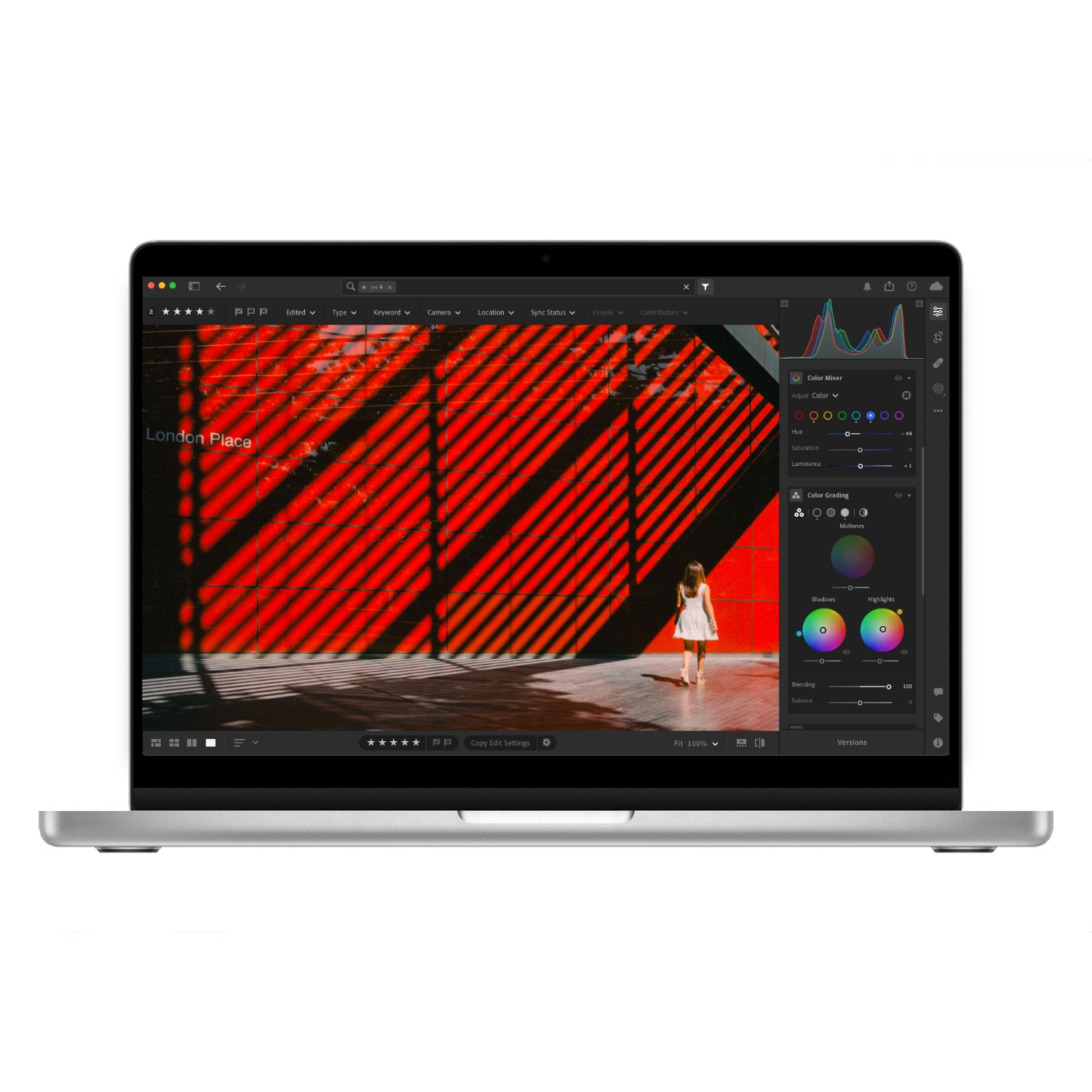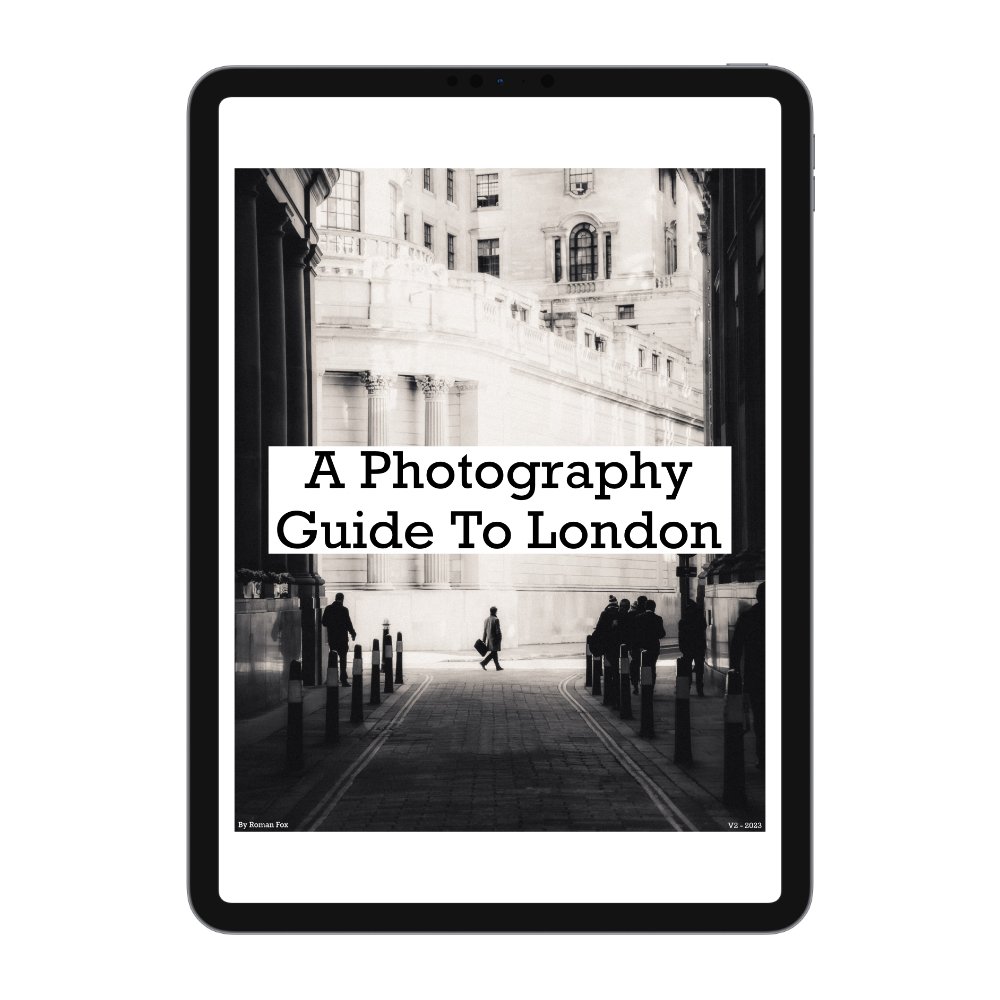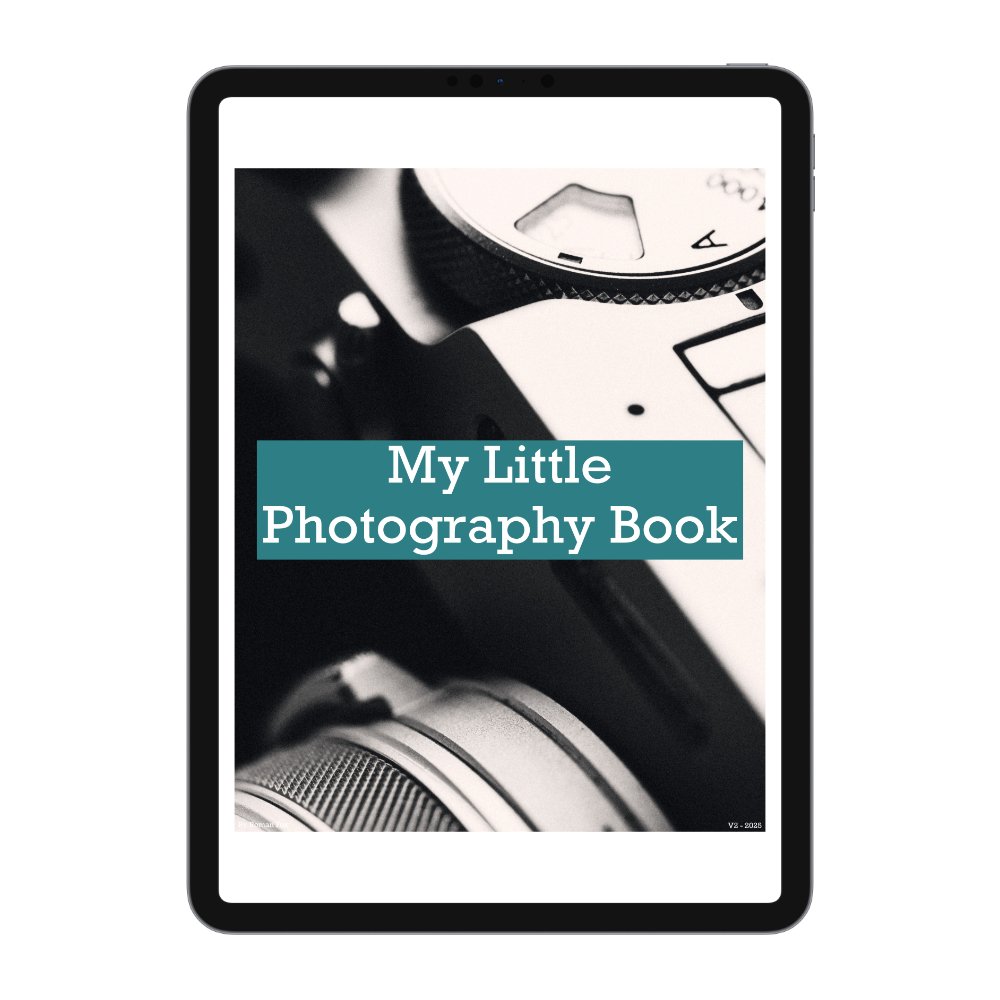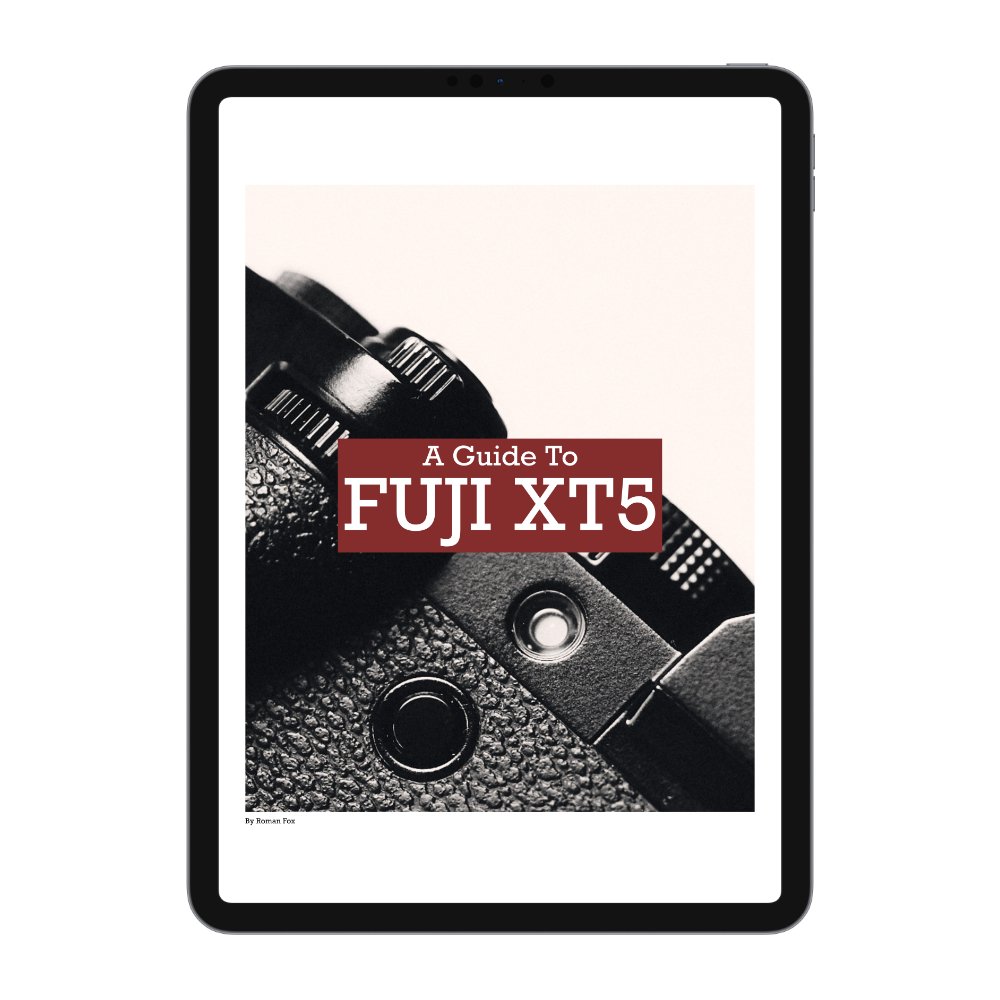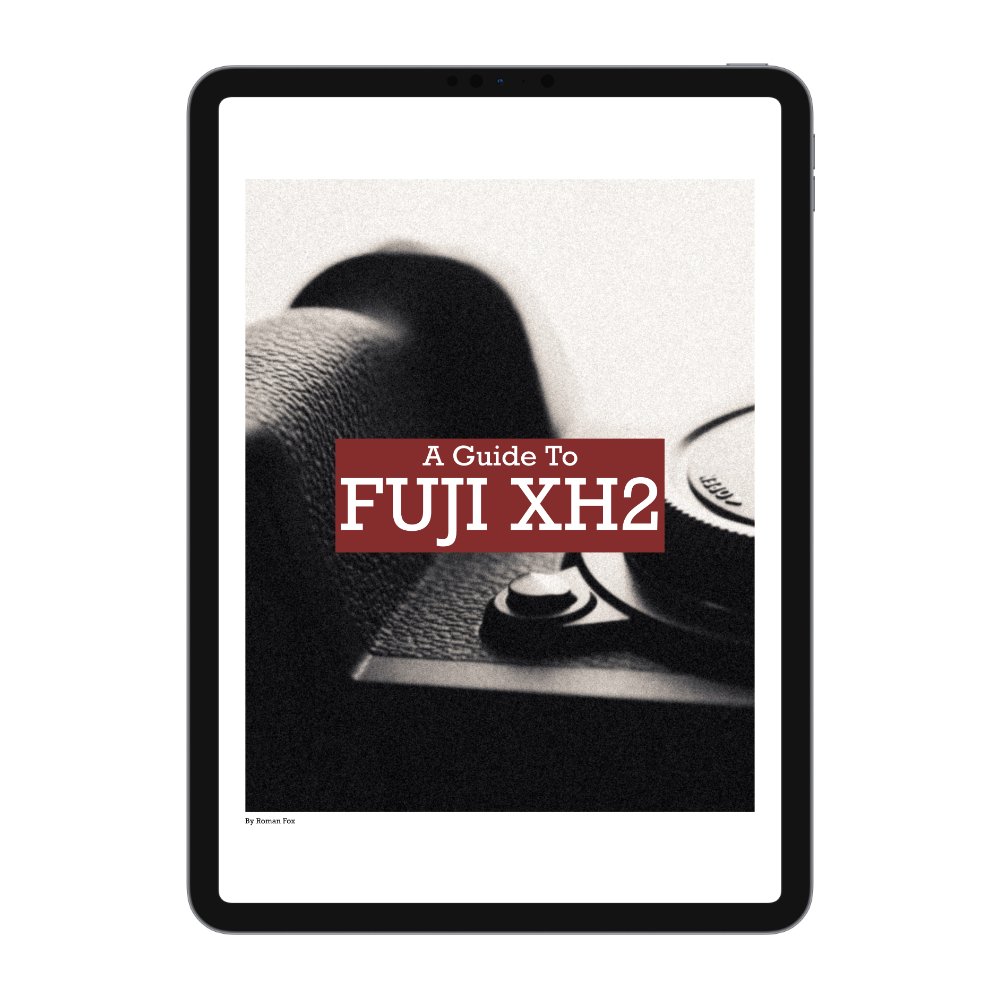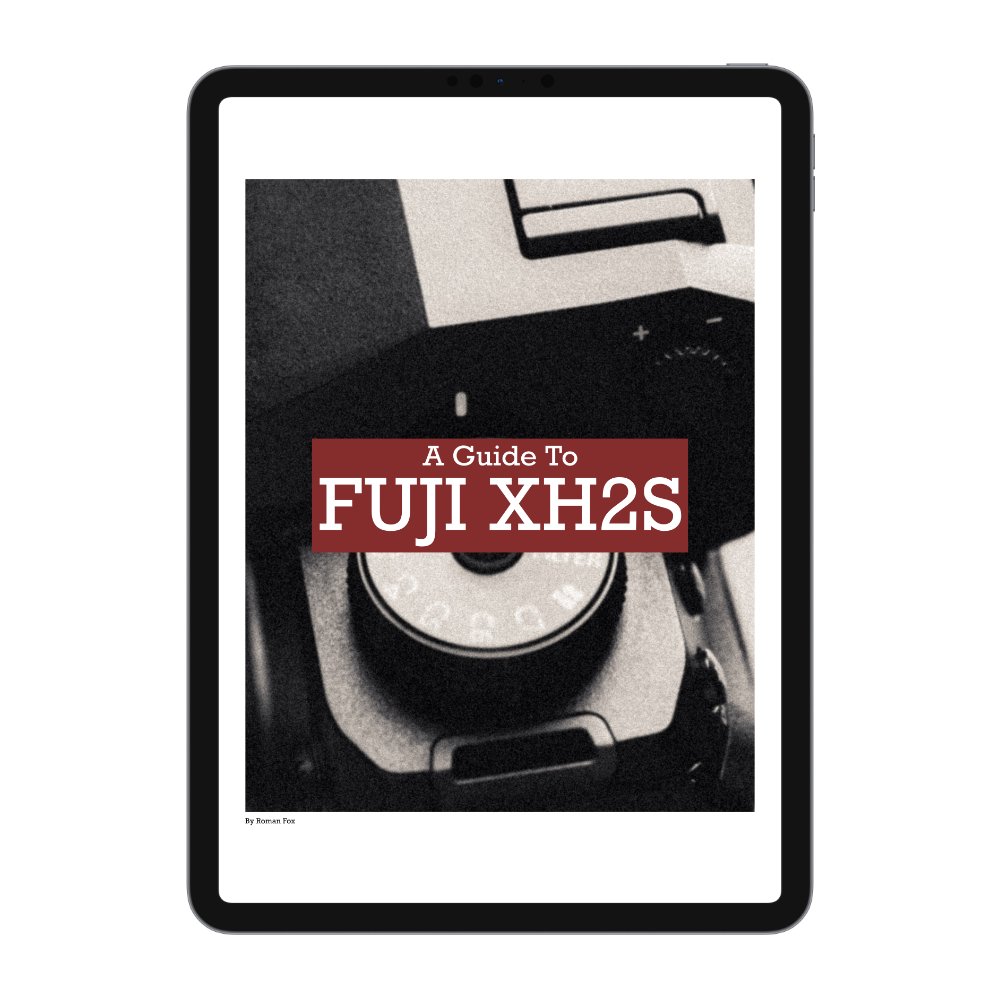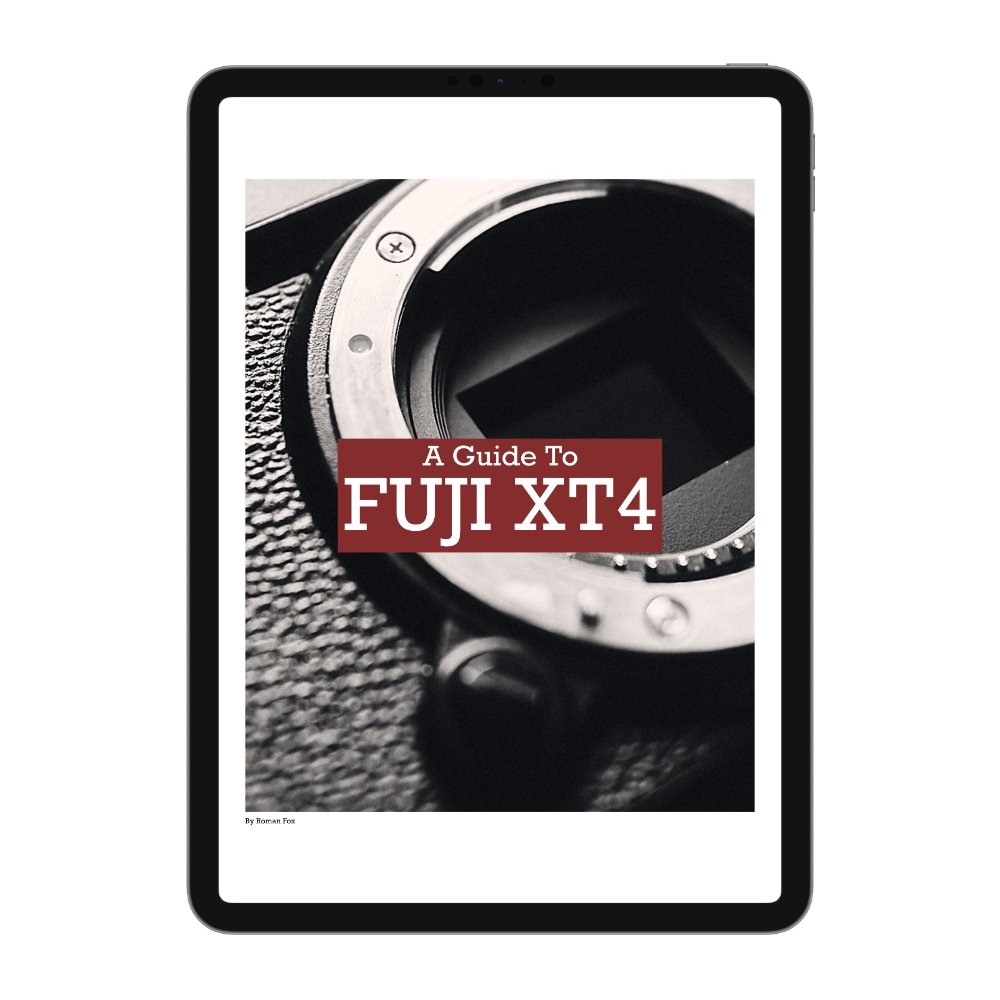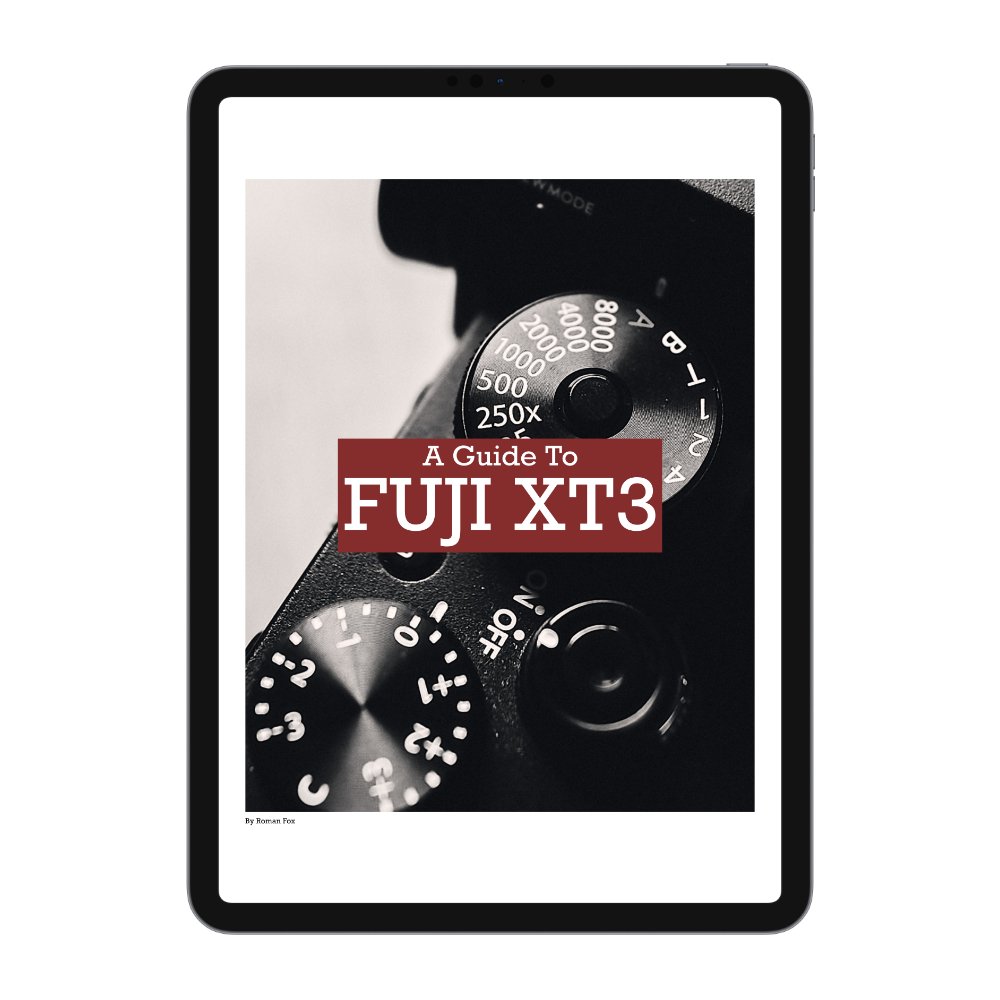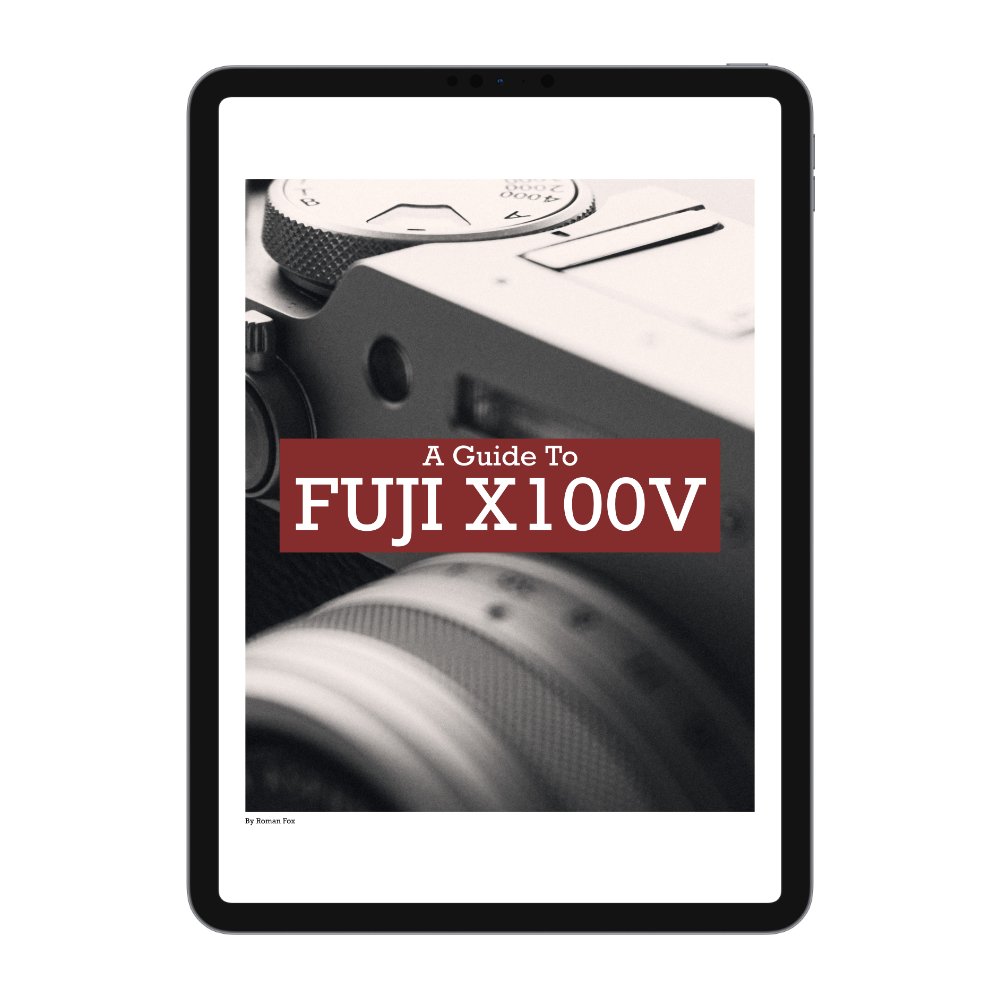Fujifilm X100VI VS Ricoh GRIII / GRIIIx
In this blog I will be comparing the Fujifilm X100VI with the Ricoh GRIII / GRIIIx. I personally only own the GRIIIx, however given the cameras are identical apart from the focal length, everything here will apply to both. While I don’t know your requirements for a camera, I will assume you want a small, pocketable, fixed lens system that you can use for travel, street photography, and documenting your life. This is the angle I will take when comparing these two cameras. I’ve already published a long-term review of the Fuji X100VI that you can read here.
Focal Length
The biggest decision you will need to make is regarding the focal length, as that’s something you can’t change later. While both cameras can take various adaptors to modify the focal length, it’s not the same as changing an actual lens. The Fuji has a fixed 35mm focal length, while the Ricoh comes as a 28mm or 40mm (GRIII / GRIIIx). These are full-frame equivalent focal lengths.
This is very subjective and opinions will differ, however my take is that the 28mm is great for documenting your day, and it has a similar look to the default camera on your iPhone. The 40mm is best for street and travel photography. The 35mm is similar to the 40mm, but has extra breathing room. If you’re unsure between 40mm and 35mm, I would go for the 35mm because you can always crop in. The 28mm is a big enough difference that you would categorically know if you want the wide look.
28mm
35mm
40mm
Size & Weight
There is no contest here. The Ricoh GRIII is substantially smaller and lighter than the Fuji X100VI. The Ricoh can easily fit into a trouser pocket. The X100VI would need a large coat pocket. If you want the smallest footprint, the Ricoh is the only choice.
Appearance
The Fuji looks like a proper camera, and to be honest it’s one of the best camera designs out there. While it looks great, it sticks out like a sore thumb, especially in silver. The Ricoh looks like a cheap point-and-shoot. Depending on where or what you’re shooting, the Ricoh could be a better option.
Price
This is different depending on sales and where you are, however in the UK, at the time of writing, the Ricoh is £1000 and the Fuji is £1600. This is a substantial enough difference to be a deal-breaker for many people. Some might even want to fork out the extra £400 and get the GRIII and GRIIIx. That way they have both focal lengths covered. In my opinion, both cameras are worth the price tag, however the Ricoh is a better value-for-money purchase if all you care about is the end result.
Build Quality
In general, the build quality is very similar. Both use metal in the build, both feel solid, and both feel like they will last. With that said, I find the buttons on the Ricoh to have less play, however that is then let down with a few plastic components which feel a little cheap in comparison to the rest of the camera. Either way, both are great.
Weather Sealing
The Ricoh does not have any weather sealing. What’s worse is that the lens can actually suck dust into the system when it’s retracted back. This isn’t something I personally experienced, but those who’ve used the camera for a long time have reported this. The X100VI has full weather sealing apart from the lens. If you want the entire system sealed, you would need to add a lens filter, which can double the size of the lens. If you must have weather sealing, the X100VI is your only option. The Ricoh can also take an accessory that effectively seals the lens element, but this isn’t the same as proper weather sealing.
Ergonomics
This will depend heavily on the size of your hands and what you prefer. I personally prefer the ergonomics of the Ricoh because of the grip and light weight. With the X100VI, I feel like I have to squeeze it in order to not drop it. Adding a small thumb grip does go a long way to remove this issue. I find both cameras are very comfortable to use for longer periods of time, and I can’t really fault any of them given the size. If I had to pick a winner, I would say the Ricoh, because I don’t need extra grips to find it comfortable.
Buttons / Dials
The two cameras have a very different approach and this is where personal preference will determine what’s better for you. The Ricoh uses a traditional system with a mode dial and three custom settings. The Fuji comes with dedicated aperture, ISO, exposure, and shutter speed dials. If you prefer that classic hands-on approach, then the Fuji is the clear winner. If you would rather have a more modern and minimal way of shooting, then I’d go for the Ricoh. Other than that, the Fuji has more custom buttons, a joystick, and dedicated controls for the focusing system. If you prefer to have more physical controls, the X100VI is the camera for you. On the other hand, the mode dial on the Ricoh is incredibly useful, especially when it comes to quickly switching between entire camera setups. I personally prefer the Ricoh here, as for how I shoot, I find the top dials on the Fuji unnecessary.
Screen & Viewfinder
The Fuji wins this one hands down. You have an EVF, OVF, and a tilting screen. The Ricoh only has a fixed screen. For many people, this alone will be a decision-making difference. I can’t say what is better or worse as this is subjective, however I can’t possibly imagine using the Ricoh with a viewfinder due to the small size. Given the screen-to-body ratio, I would also imagine a tilting screen on the Ricoh to be more of an annoyance than a benefit.
Performance
Both cameras perform extremely well. They boot up instantly, there is no lag, navigating the menu system is fluid, and they work as they should. I do find the Fuji takes longer to write files to the card, however that’s due to the resolution difference, as both cameras use a UHS-I standard for SD cards. The Ricoh does take a slight advantage as it has around 2GB of onboard memory. It won’t give you much, but enough to take a few shots should you forget your card. Both cameras have average battery life and last about the same. I would say the Fuji can last a little longer as long as you don’t use video.
Photography Features
Both come with plenty of features that will improve your photography experience, however the Fuji is ahead here. First of all, the X100VI has a built-in flash which the Ricoh does not. The flash is great if you’re taking photos of your holiday, family, friends, or shooting in dimly lit environments. The Fuji has IBIS which is very good, and while the Ricoh is also stabilised, it’s not as effective. While the Ricoh has a bunch of picture profiles, I still find Fuji to be the class leader in JPEG profiles. If you don’t want to edit RAW photos, the Fuji is the clear winner. The Fuji opens up to f2, while the Ricoh is limited to f2.8. This makes the Fuji better for low light shooting.
However, this isn’t a clear win for the Fuji because the Ricoh has two unique features. Macro mode extends the lens out and allows you to focus on close detail. Snap focus allows you to set a specific distance, and at a push of a button have the camera focus and lock to that distance. Both of these features I use all the time on the Ricoh. Both cameras have a built-in ND filter, which is extremely useful for slow shutter speed work on sunny days.
Autofocus
The Fuji wins this hands down. It has a superior AF system in every way. It’s faster, quieter, and more reliable. While both cameras have ample AF features, the Fuji has way more options including subject detection. There really isn’t any contest here in my opinion. Don’t get me wrong, the system in the Ricoh is fine, but in comparison to the X100VI, it’s not as complete.
Manual Focus
Another easy win for the Fuji because you have a dedicated focus dial. The Ricoh requires a very awkward implementation of custom buttons to focus manually. It’s so bad, that it’s almost useless.
Image Quality
Both cameras have an APS-C sensor and overall both produce great images. The Fuji however is ahead here for many reasons. First of all, you have more resolution (40MP). I also find the images to have better highlight roll-off, and an overall softer look. The Ricoh files can appear a little too digital at times. Both cameras have great colour science, but if you want a more neutral starting point, the Ricoh is a good choice. Even if shooting RAW, the X100 always has that Fuji look. For most people that’s a selling point, but if you’re not into that aesthetic, then it can be annoying. Overall I prefer the image out of the X100VI. Below are some photos taken on the Ricoh.
Below are some photos taken on the Fuji.
Video
No contest here at all as the Fuji wins this hands down. The video feature in the Ricoh feels like an afterthought, while in the X100 it feels like a properly thought-out part of the camera. The X100 can be used for actual video work. The Fuji has solid IBIS, Log profile, HDMI / audio inputs, dedicated controls, 6K video, and a ton of video-specific settings. The Ricoh has none of that.
Summary / Recommendations
Both of these cameras are great and have their specific use cases. I also think people will buy them for very different reasons, and while many see them as competitors, I personally don’t think they are fighting for the same spot.
If you want the most feature-packed camera, the clear winner is the Fuji X100VI. If this is going to be your one and only system, then the Fuji is the best choice.
If you already own a bigger system, but want something pocketable for everyday carry, then that’s where the Ricoh comes in. It might not be as advanced as the Fuji, but the best camera is the one you have with you.

































